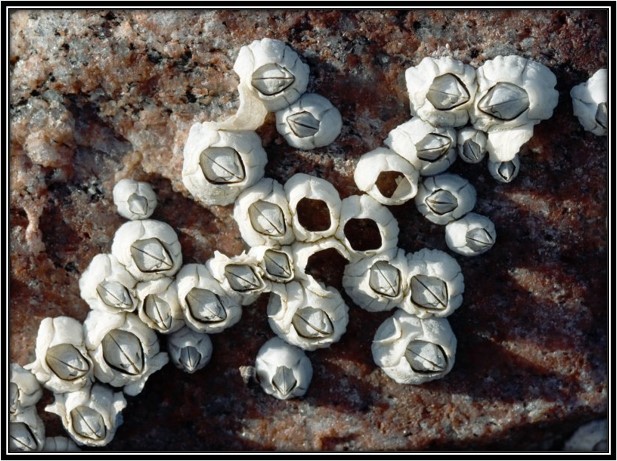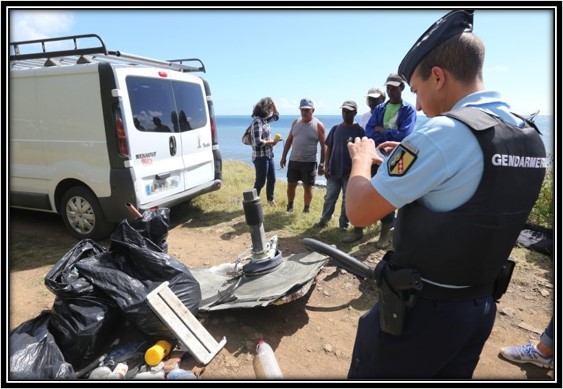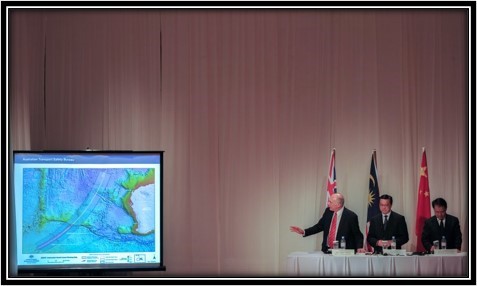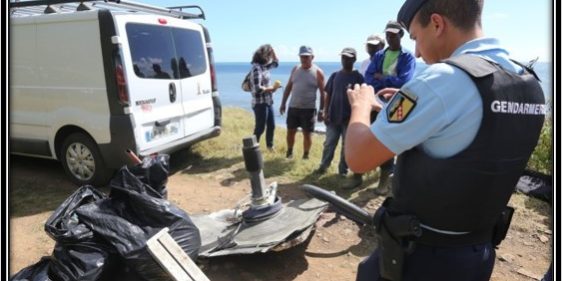MH Flight 370 – Will we ever locate it?
Contributor: Barry Fetzer
Sources: Jess Thomson, Newsweek, iStock, Getty Images, AFP – This article is a re-print
Hello fellow Moore County airport enthusiasts. Isn’t it amazing how technology can help us in so many ways, including a report from Newsweek’s Tech & Science as reported in https://www.newsweek.com/plane-crash-mh370-debris-barnacle-shells-chemistry-1821820, that could permit us to find Flight MH370 somewhere in the vast the Indian Ocean.
Shells Could Help Find Lost Malaysia Airlines Flight MH370: Scientists
BY JESS THOMSON ON 8/23/23 AT 9:00 AM EDT
A new method for tracking the debris from a decade-old plane crash has been found, and it involves an unassuming assistant: barnacles.
Studying the chemical makeup of the shells of the tiny crustaceans living on debris from a plane crash can give scientists clues as to where the crash occurred, a new study in the journal AGU Advances reveals.
This method could help to track down the location of the main wreckage of flight MH370, a Malaysia Airlines flight from Kuala Lumpur to Beijing that disappeared on 8 March 2014 and is thought to have crashed somewhere in the Indian Ocean. The full remains of the Boeing 777, which had with 239 people aboard, have never been found.
 A stock image of barnacles. The shells of these crustaceans found growing on debris from flight MH370 may give clues as to where the crash occurred.
A stock image of barnacles. The shells of these crustaceans found growing on debris from flight MH370 may give clues as to where the crash occurred.
ISTOCK / GETTY IMAGES PLUS
“Knowing the tragic story behind the mystery motivated everyone involved in this project to get the data and have this work published,” Nassar al-Qattan, a University of South Florida geochemistry doctoral graduate, who worked on the study, said in a statement.
“The plane disappeared more than nine years ago, and we all worked aiming to introduce a new approach to help resume the search, suspended in January 2017, which might help bring some closure to the tens of families of those on the missing plane,” he said.
Debris from MH370 that washed up on Reunion Island off the coast of Africa a year after the crash was coated in barnacles.
“The flaperon was covered in barnacles and as soon as I saw that, I immediately began sending emails to the search investigators because I knew the geochemistry of their shells could provide clues to the crash location,” Gregory Herbert, an associate professor of marine ecology at the University of South Florida, and co-author of the study, said in a statement.
 A French gendarme takes a picture of debris on France’s Reunion Island on August 11, 2015. A wing part was found on the island in late July 2015 and confirmed to be part of the Boeing 777 that went missing on March 8, 2014.
A French gendarme takes a picture of debris on France’s Reunion Island on August 11, 2015. A wing part was found on the island in late July 2015 and confirmed to be part of the Boeing 777 that went missing on March 8, 2014.
RICHARD BOUHET/AFP VIA GETTY IMAGES
Barnacles are tiny crustaceans that grow on the sides of boats, rocks, and even on whales.
Herbert has studied crustacean shells for decades, and discovered a way to determine the ocean temperatures in places that the animal has been, just from the signals in the chemistry of its shell. Shelled sea creatures grow their shells daily, adding layers like the rings of a tree, with the chemistry of each layer being determined by the temperature of the water at the time of the layer’s formation.
In the study, the authors describe how they applied the method to the barnacles recovered from MH370’s debris.
 Australia’s Deputy Prime Minister Warren Truss, left, shows an underwater search area planning map as Malaysia’s Transport Minister Liow Tiong Lai, center, and Chinese Transport Minister Yang Chuantan, right, listen during a press conference in the Malaysian capital Kuala Lumpur on April 16, 2015. Flight MH370, which disappeared during a flight from Kuala Lumpur to Beijing on 8 March, 2014, is thought to have crashed somewhere in the Indian Ocean.
Australia’s Deputy Prime Minister Warren Truss, left, shows an underwater search area planning map as Malaysia’s Transport Minister Liow Tiong Lai, center, and Chinese Transport Minister Yang Chuantan, right, listen during a press conference in the Malaysian capital Kuala Lumpur on April 16, 2015. Flight MH370, which disappeared during a flight from Kuala Lumpur to Beijing on 8 March, 2014, is thought to have crashed somewhere in the Indian Ocean.
MOHD RASFAN/AFP VIA GETTY IMAGES
The scientists combined measurements taken from the shells with oceanographic modeling, and generated a partial drift reconstruction, showing where the debris may have floated in the years since the crash. However, the barnacles that they had access to had not been on the debris since the crash, and were more recent, giving an incomplete picture.
“Sadly, the largest and oldest barnacles have not yet been made available for research, but with this study, we’ve proven this method can be applied to a barnacle that colonized on the debris shortly after the crash to reconstruct a complete drift path back to the crash origin,” Herbert said.
“French scientist Joseph Poupin, who was one of the first biologists to examine the flaperon, concluded that the largest barnacles attached were possibly old enough to have colonized on the wreckage very shortly after the crash and very close to the actual crash location where the plane is now,” Herbert said. “If so, the temperatures recorded in those shells could help investigators narrow their search.”







